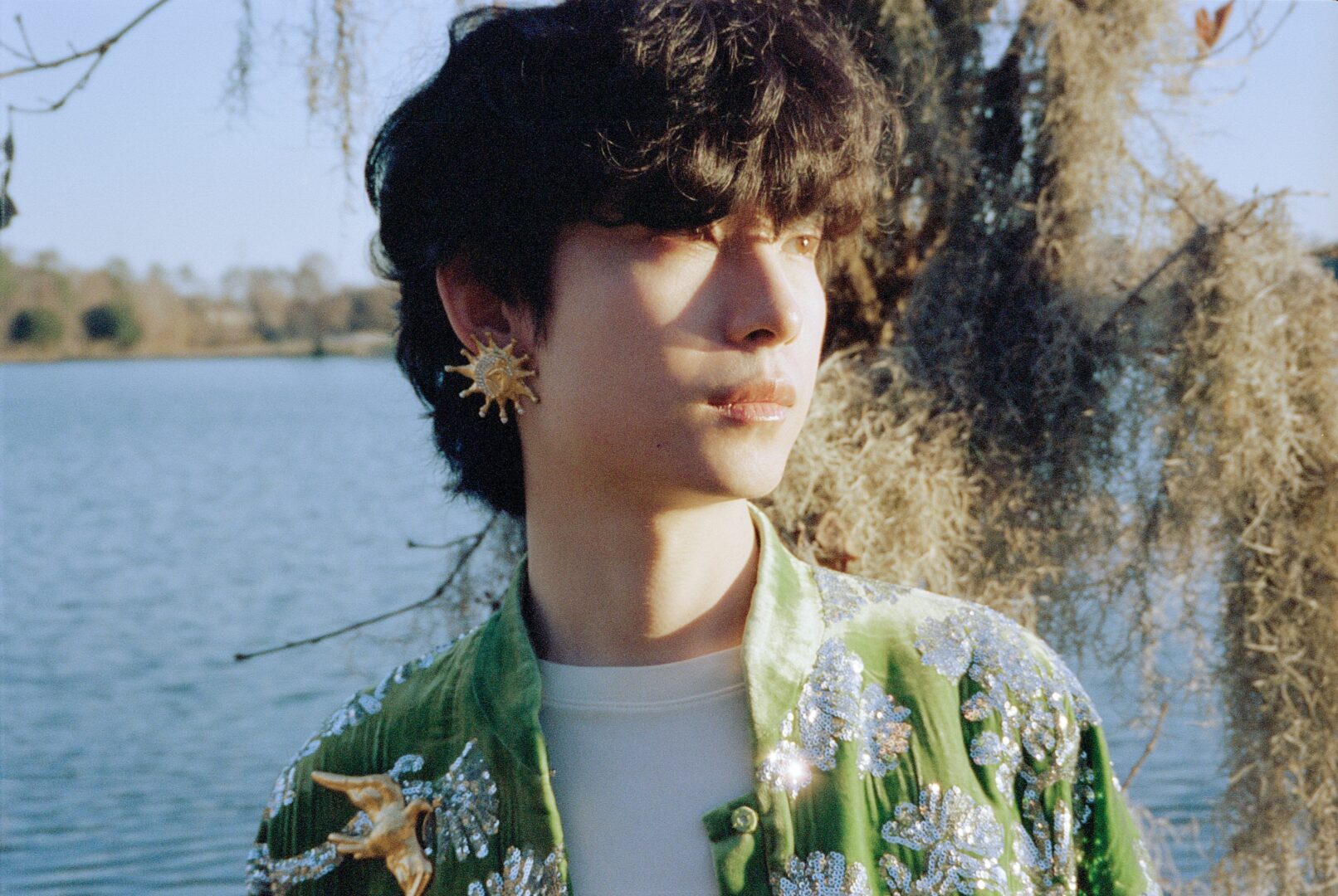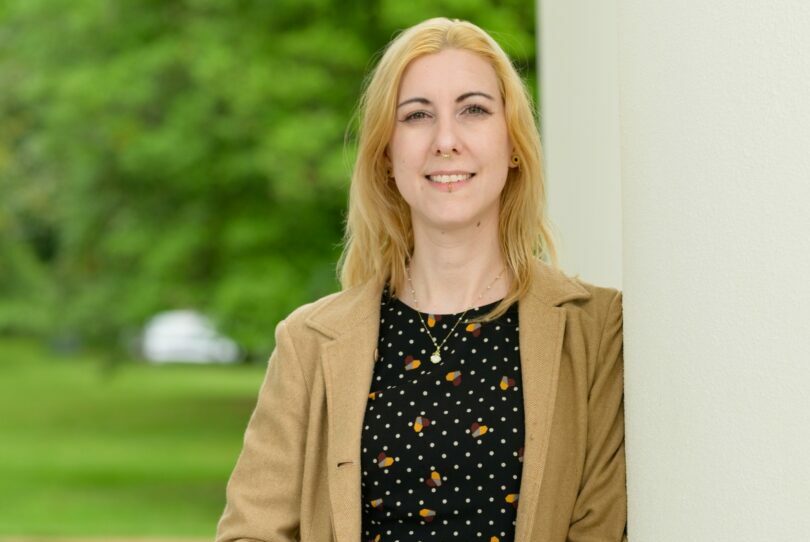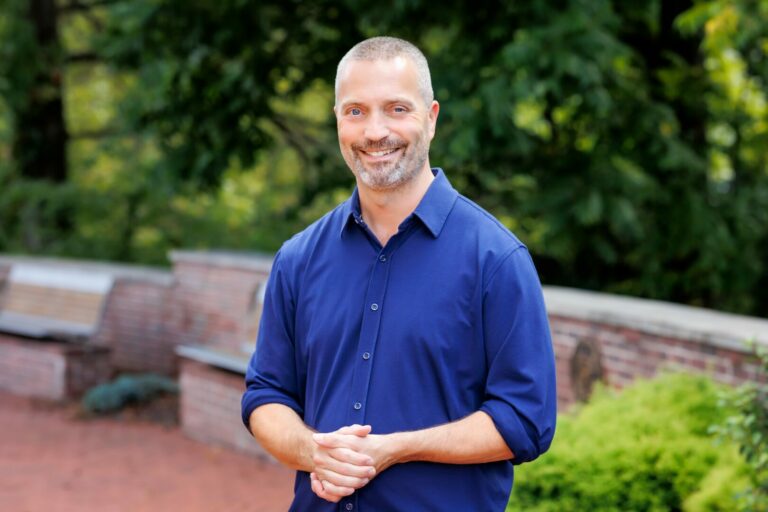Yang Zhou shared their story and experiences with us recently and you can find our conversation below.
Hi Yang, thank you so much for joining us today. We’re thrilled to learn more about your journey, values and what you are currently working on. Let’s start with an ice breaker: Have any recent moments made you laugh or feel proud?
During a recent 16-day rail journey through Xinjiang—China’s vast northwestern frontier—a serendipitous moment redefined my relationship with movement. While visiting a Tajik family’s home outside Kashgar, I experienced something extraordinary: my first true dance.
The opportunity arose during one of three intimate homestays curated for our Chengdu-to-Urumqi tourist train. To deepen our immersion, we were invited to don resplendent traditional Tajik attire. Men’s costumes featured thick, embroidered woolen hats symbolizing the Pamir Mountains, while women’s headdresses dazzled with delicate fabrics, metallic fringes, and vibrant floral motifs. Defying convention, I chose a woman’s headdress—its gossamer weight and shimmering silver threads speaking to my soul more than the masculine alternative.
Suddenly, the room transformed into a living tapestry: fifty travelers became a kaleidoscope of crimson velvets, indigo embroideries, and jingling silver ornaments. Our host Amir—a young Tajik man with eyes like mountain springs—welcomed us with stories of his people’s rituals: the respectful lip-to-hand greeting between genders, the shoulder-clasp embrace among men.
Then came the dance.
First, local women glided across the floor like snow partridges, their wrists tracing celestial patterns. Men followed with stomping steps echoing valley rhythms. When Amir extended his hand, an unexpected yearning surged through me. Hesitation vanished as I joined the circling dancers, my feet discovering ancestral patterns as old as the Silk Road.
In that spinning constellation of strangers-turned-kin, I understood dance as embodied geography—every pivot a dialogue between earth and sky, every gesture a map of survival. The Tajik crown’s silver chimes against my temples weren’t costume; they were wind chimes of belonging.
Can you briefly introduce yourself and share what makes you or your brand unique?
As a recent SCAD graduate, I channel my fascination with materiality into fashion illustration. My work obsessively explores the poetry of textiles—capturing the luminosity of silk drapes, the architectural tension of structured pleats, and the intricate dialogue between embroidery and substrate. The fashion industry’s relentless reinvention of form and texture fuels my practice; I document its experimental spirit through illustrations that examine how light interacts with sequins, beadwork, and woven surfaces.
Beyond the runway, my creative universe expands into the realm of esoteric arts. As an intuitive tarot reader fluent in Marseille, Thoth, and Rider-Waite-Smith systems, I’ve developed a parallel visual language exploring archetypal symbolism. This dual passion culminated in designing my own tarot deck—a project that refined my ability to translate metaphysical concepts into compelling visual narratives.
My practice lives at the intersection of tangible craftsmanship and intangible magic, where couture’s physicality meets tarot’s allegorical depth. I seek opportunities to bring this unique perspective to forward-thinking studios where fashion, storytelling, and symbolic resonance converge.
Thanks for sharing that. Would love to go back in time and hear about how your past might have impacted who you are today. What relationship most shaped how you see yourself?
During my MFA journey at SCAD, I navigated a profound professional and personal crucible: the calculated betrayal by a trusted illustration cohort. A classmate—once a close collaborator—initiated an affair with my partner, then systematically obscured the truth despite my direct, grace-extending confrontation. This three-year deception culminated in a devastating dual revelation: my partner’s infidelity and my peer’s conscious choice to weaponize intimacy as creative sabotage.
This experience forged three indelible convictions: I honor my boundaries without apology. Those who deliberately inflict harm—be they mentors, partners, or peers—forfeit claims to my compassion.
I hold zero tolerance for deception or ethical evasion. Unacknowledged harm compounds violence.
Unforgiveness is radical self-respect. “Moving on” needn’t mean absolution. My enduring disdain for malicious actors honors the self they sought to destroy.
Where others see bitterness, I’ve cultivated creative ferocity. These shadows now deepen my palette—in life and art—reminding me that true professionalism begins with uncompromising integrity. Some stains become the canvas.
If you could say one kind thing to your younger self, what would it be?
“I’d tell my younger self: *Yang, your resilience is your superpower.* When you battled undiagnosed depression for three years while your family treated it as a shameful secret—even making you use a pseudonym for treatment—you never surrendered your creative fire. When a close friend betrayed your trust, orchestrated a three-year deception with your partner, and unleashed online harassment, you transformed that pain into fuel for your artistry.
While others crumbled, you channeled every setback into refining your craft. Your persistence earned international illustration awards and culminated in a solo exhibition at London’s Art Centre—a milestone none of your peers achieved. That same person who hurt you? You’ve now eclipsed them professionally because you chose creation over bitterness.
Remember this: Losing a relationship doesn’t diminish your worth. Outshining your betrayer in the art world isn’t about revenge—it’s proof that authenticity prevails. Keep trusting your hands to translate vision into impact. Your greatest work isn’t just what you paint, but the unbreakable artist you’ve become.”
I think our readers would appreciate hearing more about your values and what you think matters in life and career, etc. So our next question is along those lines. What’s a belief you used to hold tightly but now think was naive or wrong?
Early in my artistic journey, I operated under a rigid hierarchy of artistic value: I believed mastery of photorealistic portraiture represented the pinnacle of artistic achievement. This conviction was so absolute that I mistook technical replication for creative excellence, dismissing other forms as lesser expressions. I’d tell my younger self, ‘If you can’t render a human face with anatomical precision, you’re not a real artist.’
What I now recognize as naive wasn’t just the overvaluation of realism—it was the deeper fallacy that artistic merit could be measured through a single lens. My SCAD training dismantled this dogma when professors challenged us to explore abstraction, conceptual illustration, and cross-disciplinary work. The breakthrough came when judges at the World Illustration Awards celebrated my textile-focused pieces—works celebrating fabric’s language over facial expressions.
Today, I understand that limiting ‘true artistry’ to figurative representation is like claiming only novels qualify as literature. My current practice thrives precisely because I liberated myself from that narrow standard—discovering that artistic authenticity resonates through vision, not just verisimilitude.
Thank you so much for all of your openness so far. Maybe we can close with a future oriented question. If immortality were real, what would you build?
I’d construct a **functional biophilic sanctuary—a transparent glass-fiber-reinforced polymer villa inspired by Victorian conservatories, reimagined through a minimalist lens. Every structural element—walls, floors, even the pitched roof—would be engineered for maximum light transmission, transforming the building into a prism that refracts sunlight by day and filters moonlight/starlight by night.
Inside this crystalline ecosystem, I’d cultivate medicinal gardens merging aesthetics with purpose: tiered beds of healing herbs (, fruit-bearing trees, and toxin-purifying flora like peace lilies. The open-plan space would feature terrazzo floors with embedded botanical fossils, a rain-shower oasis surrounded by steam-loving ferns, and furniture grown from mycelium composites.
This wouldn’t be mere architecture but an experimental phytotherapy lab—a timeless workshop where I’d document plants’ regenerative properties across centuries. Imagine testing willow bark’s pain-relief efficacy over 200 harvest cycles or developing new wound poultices by cross-referencing medieval herbals with genomic data. The true luxury of immortality? Perfecting nature’s pharmacy within a living artwork that evolves with the seasons.
Contact Info:
- Website: https://yangzhouart.com/
- Instagram: @sunmoonstarwitch
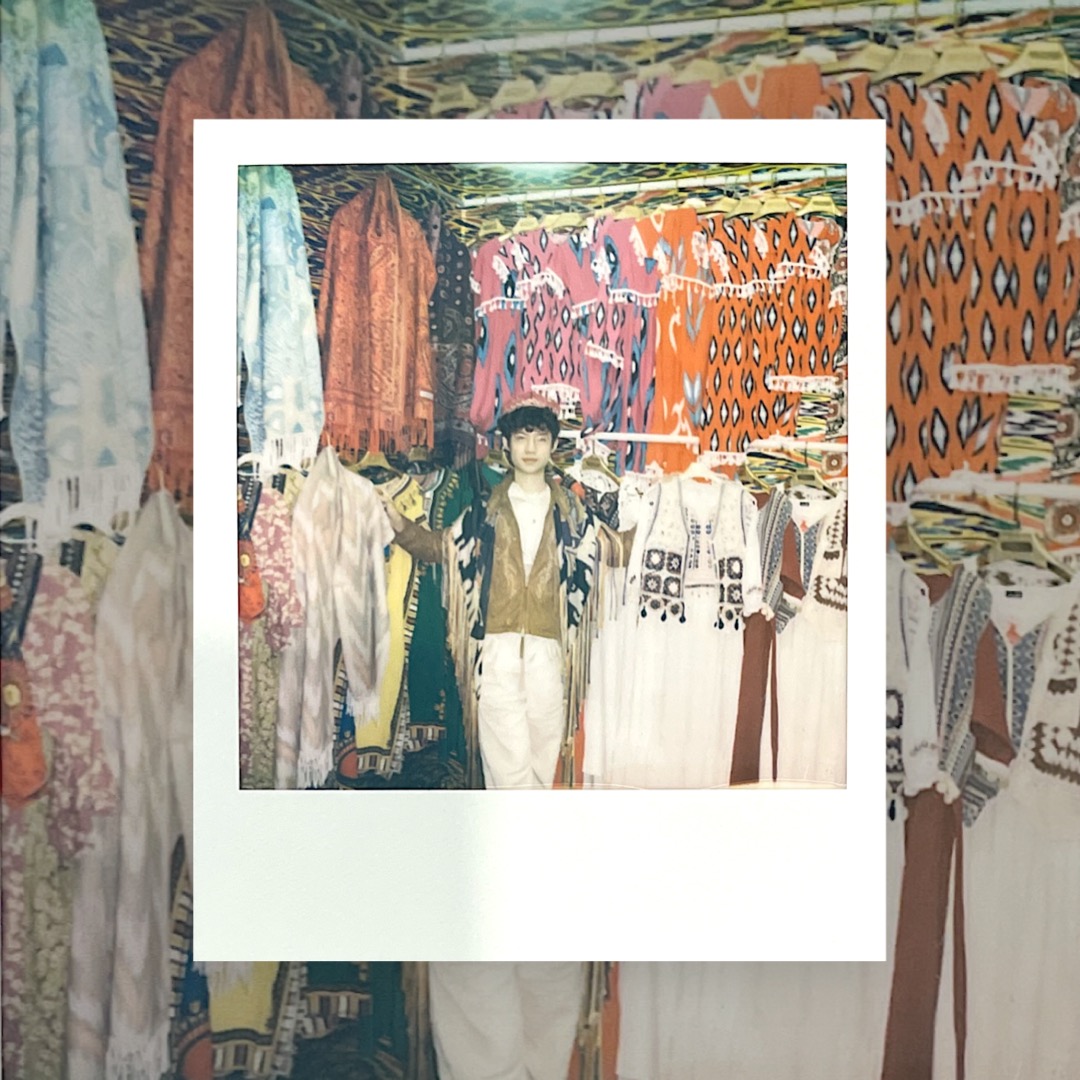


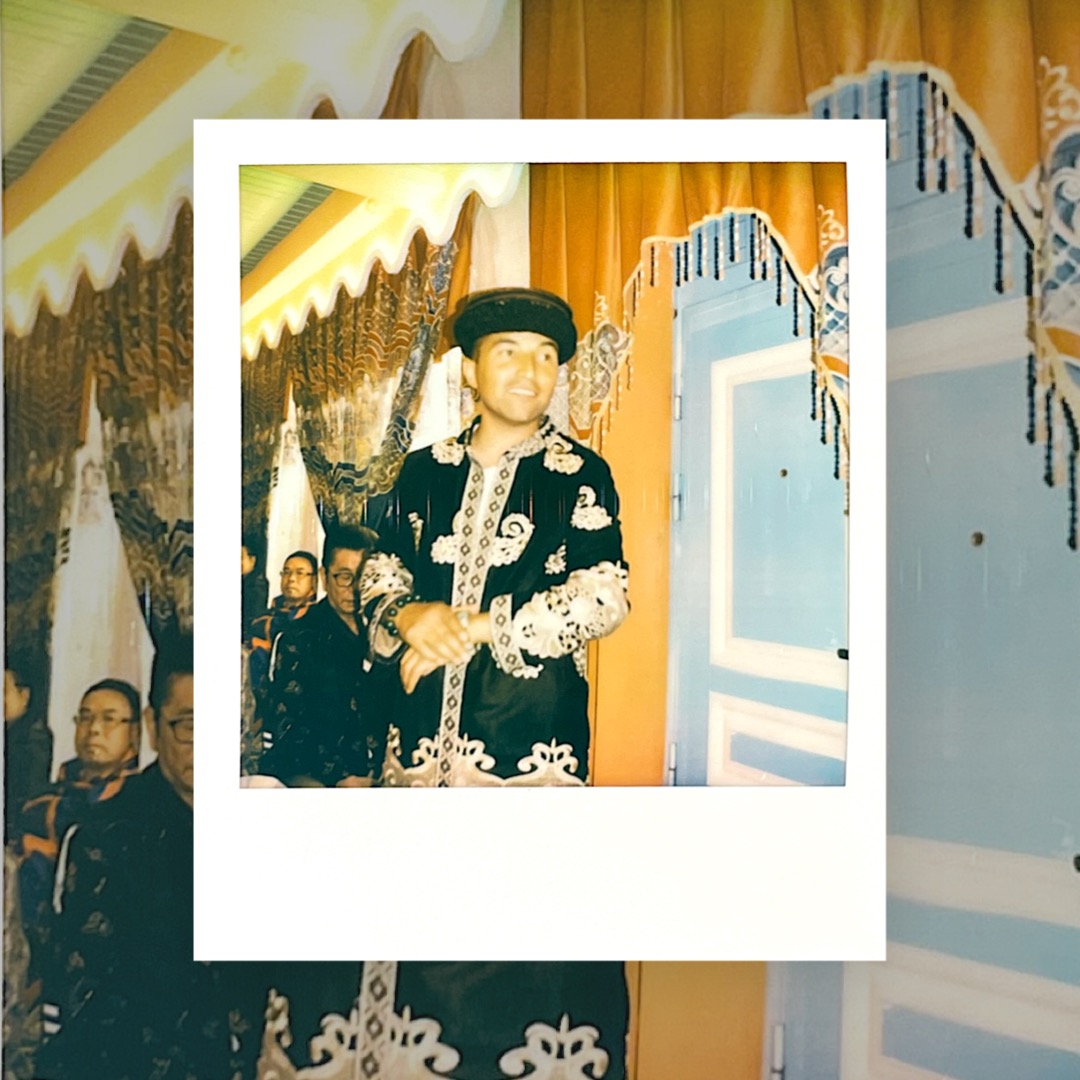


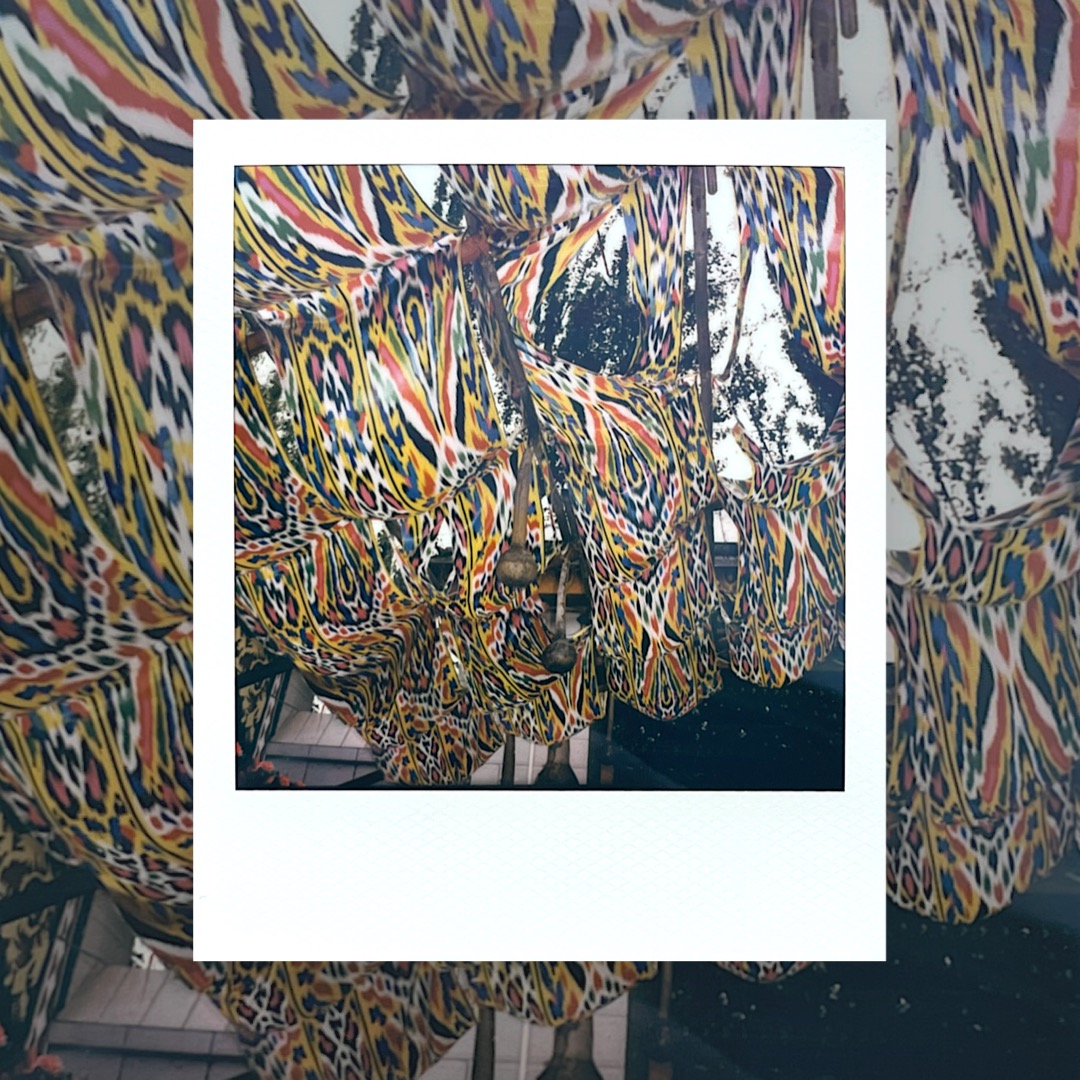
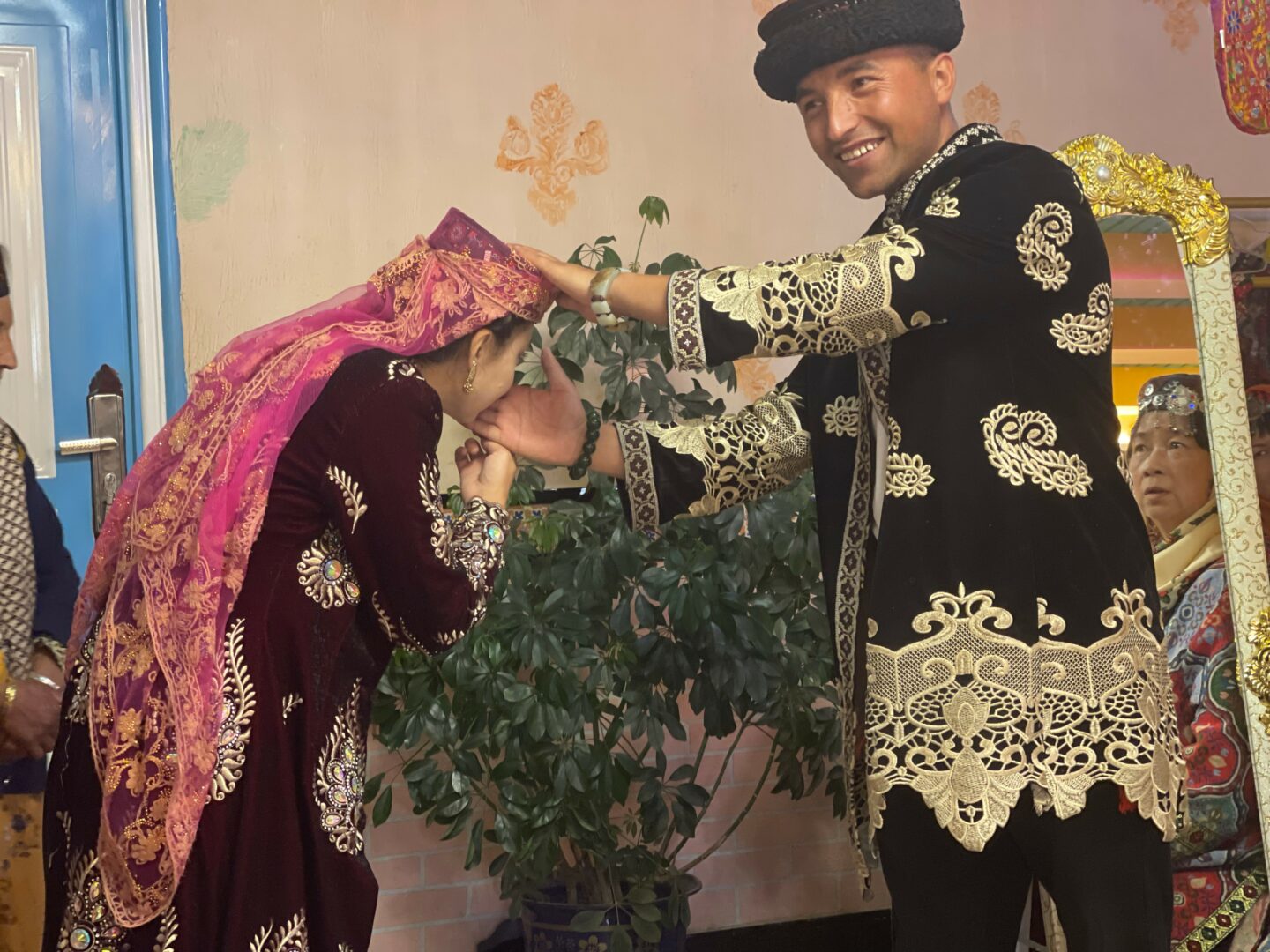

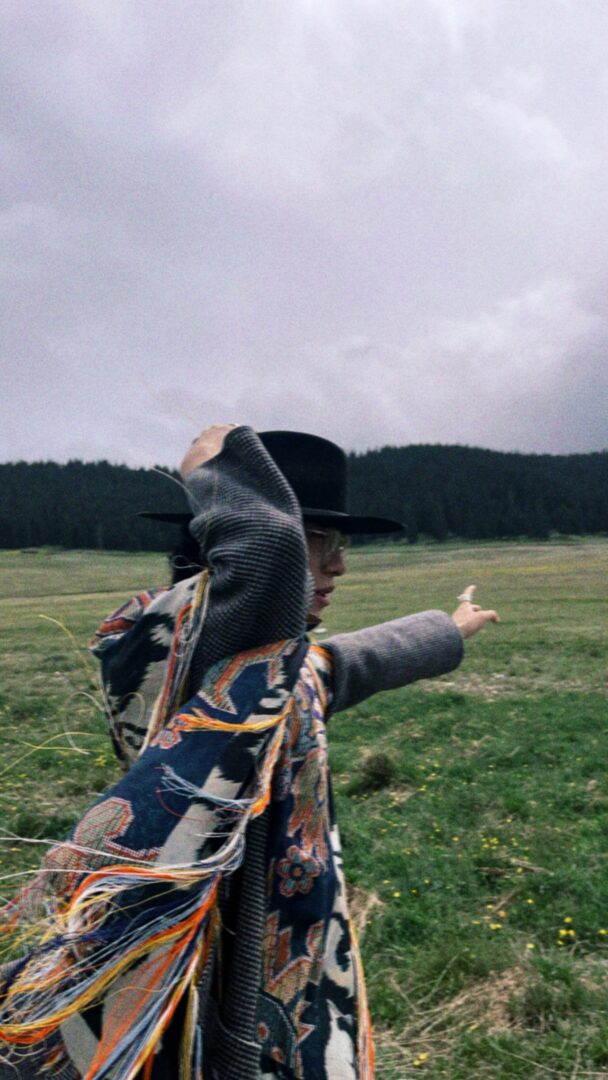
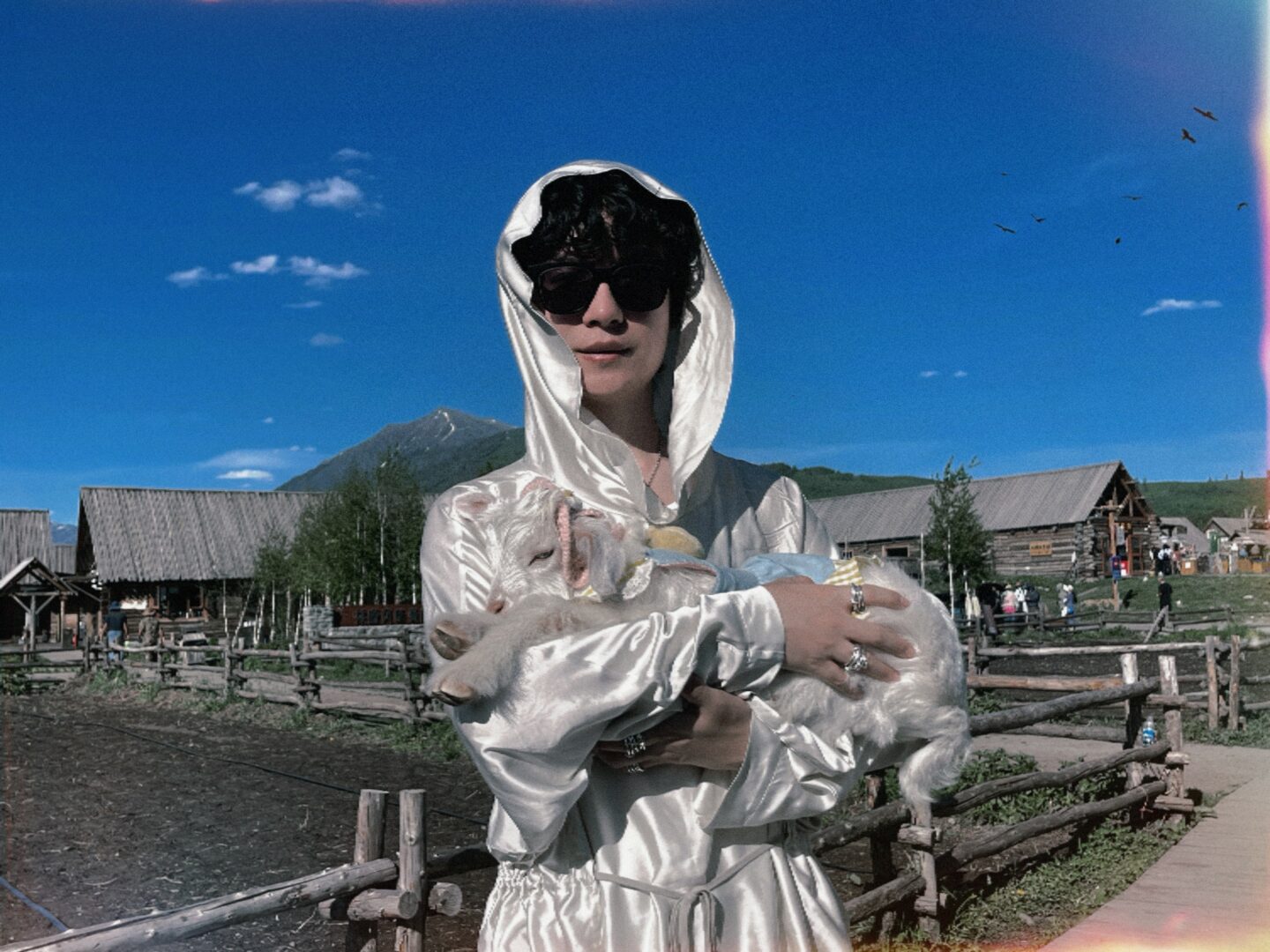


Image Credits
©️Yang Zhou
so if you or someone you know deserves recognition please let us know here.

